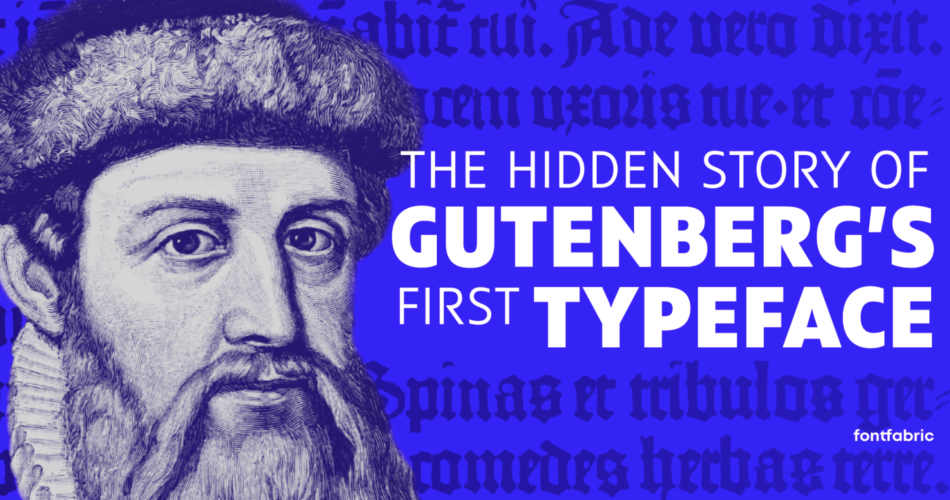Typography, the art and technique of arranging type to make written language legible and visually appealing, has a rich and fascinating history that has evolved over centuries. From the days of Gutenberg’s movable type to the digital fonts we use today, this journey has seen remarkable innovations and developments. In this article, we will explore the captivating history of typography, tracing its evolution from Johannes Gutenberg’s invention to the era of digital fonts that shape modern design.
I. Gutenberg’s Movable Type (15th Century)
The journey of typography begins with Johannes Gutenberg’s groundbreaking invention in the mid-15th century. Gutenberg’s movable type printing press allowed for the mass production of books and documents. His invention used individual metal type pieces that could be rearranged and reused, revolutionizing the distribution of knowledge. Gutenberg’s typefaces, such as the Gutenberg Bible’s Blackletter, set the stage for typography’s future developments.
II. The Renaissance and Humanist Typography (15th-16th Century)
The Renaissance period ushered in a new era of typography. Designers and printers like Aldus Manutius focused on creating elegant and legible typefaces inspired by classical Roman letterforms. These humanist typefaces, including the renowned italic, emphasized harmony and readability, setting a standard for typographic aesthetics that still influences design today.
III. The Age of Industrialization (19th Century)
The Industrial Revolution brought significant advancements in typography. Innovations like the Linotype machine and the emergence of sans-serif fonts, like Helvetica and Futura, reflected the modernist spirit of efficiency and clarity. Typography became integral to advertising and brand identity during this period.
IV. The Digital Revolution (Late 20th Century – Present)
The late 20th century marked the transition from analog to digital typography. The advent of computers and desktop publishing software allowed designers to create and manipulate fonts digitally, leading to a vast array of typefaces. TrueType and OpenType fonts brought flexibility and high-quality typography to personal computers and the internet. Designers could now explore a diverse world of fonts, and custom typefaces became a crucial part of branding.
V. Contemporary Typography (21st Century)
In the 21st century, typography continued to evolve with responsive web design and the demand for legible text on various screen sizes. Variable fonts, a recent innovation, allow for dynamic adjustments of weight, width, and other characteristics within a single font file, optimizing readability across devices.
Conclusion
The history of typography, from Gutenberg’s invention to the digital fonts of today, showcases the profound impact of design on communication and culture. Over the centuries, typography has evolved from being a functional necessity to an art form in its own right. The lessons learned from the past continue to shape the way we communicate through text, making typography an enduring and essential aspect of design and visual communication in the digital age. As we move forward, it’s exciting to anticipate how typography will continue to evolve and influence our world.

